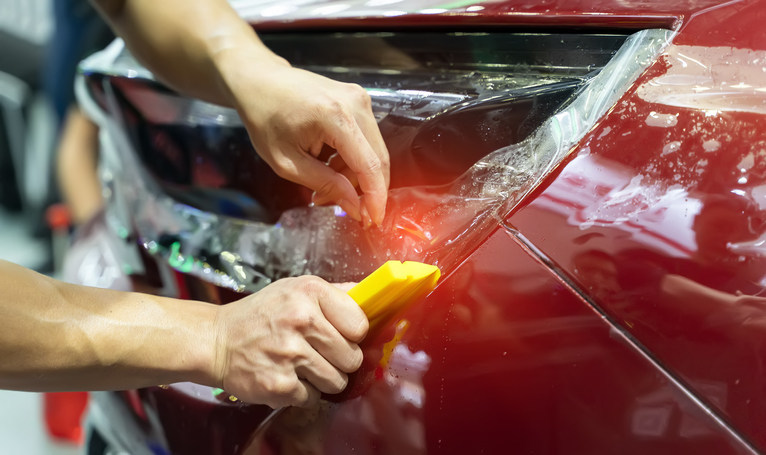
News
Global automotive plastics market boosted by need to minimize CO2 emissions
August 2, 2022
By
Canadian Manufacturing


Global Automotive Plastics Market Boosted by the Need to Minimize CO2 Emissions
SAN ANTONIO — For every kilogram reduced from a vehicle’s weight, plastics reduce a car’s carbon dioxide (CO2) emissions by approximately 20 kg during its operating life cycle. The stringent regulations for OEMs to meet sustainability targets will drive the automotive plastics sector. Frost & Sullivan’s recent analysis, Global Automotive Plastics Growth Opportunities, finds that original equipment manufacturers (OEMs) need for lightweight materials expedites the automotive plastics industry. This market will likely reach $45.07 billion by 2028 from $31.29 billion in 2021, an uptick at a compound annual growth rate (CAGR) of 5.3%.
“The transition to electric vehicles (EV) involves swapping conventional under-the-hood components, such as engine and fuel, for battery packs and other components,” said Brian Balmer, Polymers & Composites Program Manager at Frost & Sullivan. “This is expected to upend the demand for conventional plastics in under-the-hood applications and drive the need for other plastics for new EV applications and components.”
Balmer added: “As sustainability and decarbonization are gaining prominence in the global automotive sector, the industry will inflate the demand for greener alternatives to minimize CO2 emissions in the next 3–5 years. Due to this, established OEMs will collaboratively advance recycling technologies or acquire recycling companies to ensure supply security.”
To reap the benefits of expanding the global automotive plastics industry:
- Plastic producers offering PBT (Polybutylene Terephthalate) and PA (Polyamide) should materialize gains by collaborating with OEMs to develop and scale plastic-based components, especially battery housings.
- Resin suppliers should partner with component manufacturers to develop recycled grades that ensure performance on a par with components made from virgin resin.
- To enable autonomous vehicle technology, plastics producers should ensure zero-to-minimal signal interference and seamless signal transmission and receipt.
- Polymer companies should create growth opportunities by developing hybrid or thermoplastic composites to create lighter components without significantly increasing costs.
Print this page